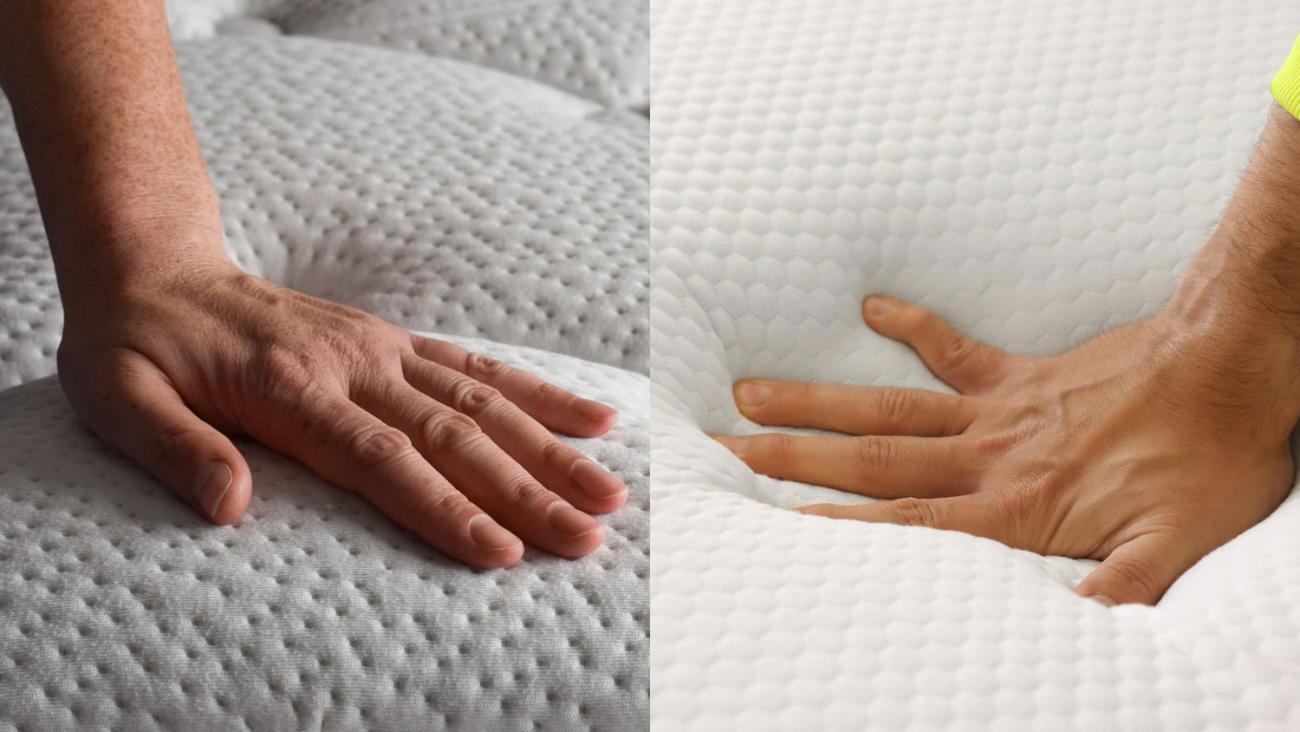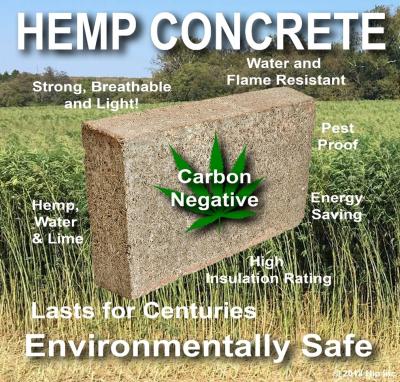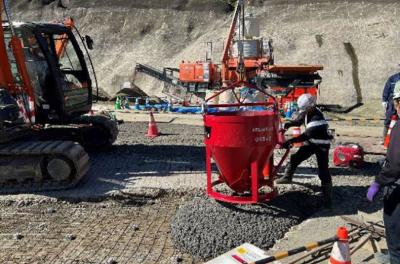
What Is the Mattress Firmness Scale?
The mattress firmness scale is a standardized system that rates mattresses from 1 to 10, with 1 being extra soft and 10 being extra firm. This scale helps you compare different mattresses and make an informed decision based on your body type, sleep position, and preferences.

Why Mattress Firmness Matters
Firmness impacts spinal alignment, pressure relief, and overall comfort. A mattress that’s too soft can cause your body to sink excessively, leading to poor spinal alignment, while an overly firm mattress may create pressure points, leading to discomfort. Finding the right firmness ensures a balance between support and cushioning.
Mattress Firmness by Sleeping Position
Your preferred sleeping position plays a significant role in determining the ideal mattress firmness:

Factors Influencing Firmness Perception
While the firmness scale provides a guide, your experience with a mattress can vary due to:
Preferences for softness or firmness depend on how much cushioning and support you find comfortable.
How to Test Mattress Firmness
In-Store Testing

Sleep Trials
Common Misconceptions About Mattress Firmness
Softness Equals Lack of Support
Modern mattresses can provide both plush comfort and adequate support, especially when made with high-quality materials.
Firmer Is Always Better for Back Pain
While firm mattresses offer support, overly firm surfaces can create pressure points. Medium-firm mattresses are usually the best choice for back pain relief.
Universal Comfort Mattresses Suit Everyone
Comfort is subjective. While some mattresses claim universal appeal, always prioritize your personal needs and preferences.
Mattress Firmness for Couples
Couples often have different firmness preferences. Options like split mattresses or adjustable firmness beds allow each partner to select their desired level of firmness for a customized experience.

Key Takeaways
Final Thoughts
Selecting the right mattress firmness is essential for a good night’s sleep and overall well-being. By understanding the mattress firmness scale and considering your unique needs, you can make an informed decision that improves your sleep quality and supports your health.

The News 10/11/2025
In the midst of the hustle and bustle of urban life, many Vietnamese families are looking for a different living space – where they can enjoy modernity without being far from nature. Tropical Modern villa architecture is the perfect answer to this need. Not only an aesthetic trend, this is also a smart design philosophy, harmoniously combining technology, local materials and Vietnam's typical tropical climate.

The News 25/10/2025
Hemp-lime (hempcrete) is a non-load-bearing covering material consisting of a hemp wood core (hemp shiv/hurd) combined with a lime-based adhesive, outstanding for its insulation – moisture conditioning – indoor environmental durability; in particular, IRC 2024 – Appendix BL has established a normative line applicable to low-rise housing, strengthening the technical-legal feasibility of this biomaterial.

The News 11/10/2025
Amid rapid urbanization and global climate change, architecture is not only construction but also the art of harmonizing people, the environment, and technology. The Bahrain World Trade Center (BWTC)—the iconic twin towers in Manama, Bahrain—is a vivid testament to this fusion. Completed in 2008, BWTC is not only the tallest building in Bahrain (240 meters) but also the first building in the world to integrate wind turbines into its primary structure, supplying renewable energy to itself [1]. This article explores the BWTC’s structural system and design principles, examining how it overcomes the challenges of a desert environment to become a convincing sustainable model for future cities. Through an academic lens, we will see that BWTC is not merely a building but a declaration of architectural creativity.

The News 04/10/2025
As buildings move toward net zero architecture and glare free daylighting, traditional glass façades reveal limitations: high thermal conductivity (~0.9–1.0 W/m·K), susceptibility to glare, and shattering on impact. In this context, transparent wood (TW) is emerging as a multifunctional bio based material: it offers high light transmission yet strong diffusion (high haze) to prevent glare, lower thermal conductivity than glass, and tough, non shattering failure. Recent reviews in Energy & Buildings (2025) and Cellulose (2023) regard TW as a candidate for next generation windows and skylights in energy efficient buildings. [1]

The News 27/09/2025
Urban flooding is one of the greatest challenges of the modern era, when sudden and unpredictable rainstorms can paralyze entire cities. Few would imagine that over a thousand years ago, people had already discovered a sustainable solution: the Fushougou drainage system in the ancient city of Ganzhou, Jiangxi. Built during the Northern Song dynasty, this project remains effective to this day, protecting the city from floods—even during historic deluges. The story of Fushougou is not only a testament to ancient engineering but also a valuable reference for today’s cities seeking answers to water and flooding problems.

The News 20/09/2025
The construction industry is currently facing immense pressure to reduce carbon emissions, as concrete is not only one of the most widely used materials but also a major source of CO₂ due to its reliance on Portland cement. In response, Shimizu Corporation has conducted extensive research to develop sustainable material solutions aimed at achieving carbon neutrality. One of the most remarkable outcomes is carbon-negative concrete, which partially replaces cement and aggregates with biochar. This biochar is produced from sawdust through a carbonization process and has the unique ability to retain a significant amount of carbon that would otherwise be released into the atmosphere through natural decomposition or combustion. Thanks to this property, carbon-negative concrete not only maintains the necessary mechanical strength for construction but also directly contributes to reducing greenhouse gas emissions. This innovation is considered a promising step that opens new directions for the advancement of green construction in Japan and worldwide.